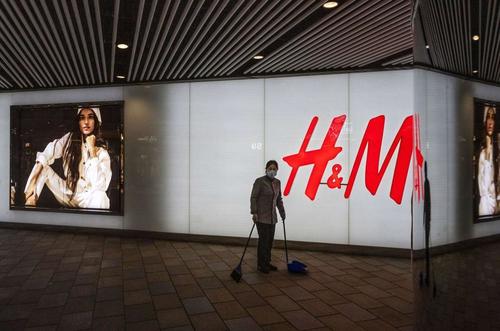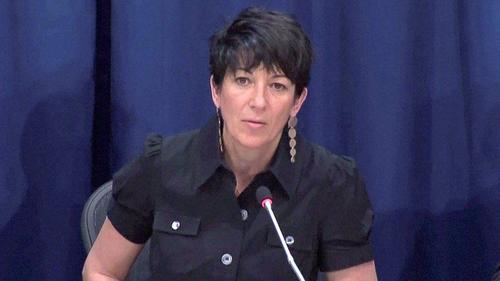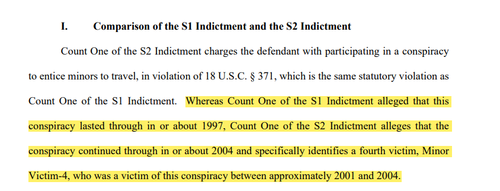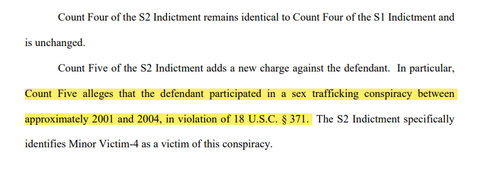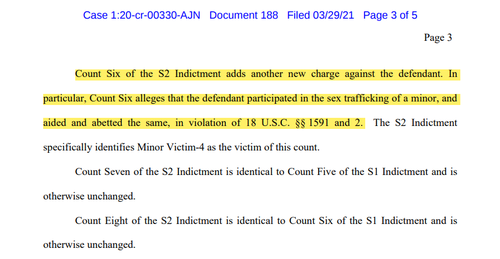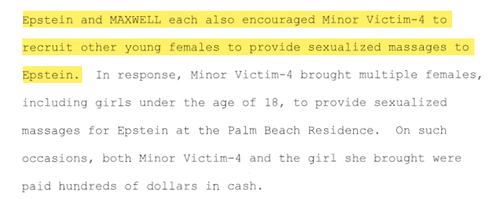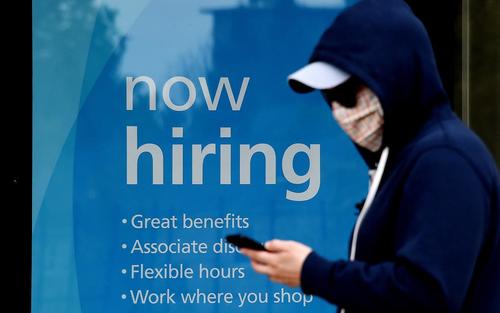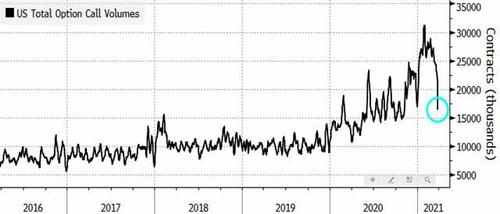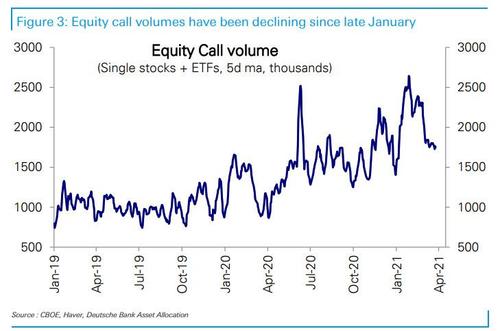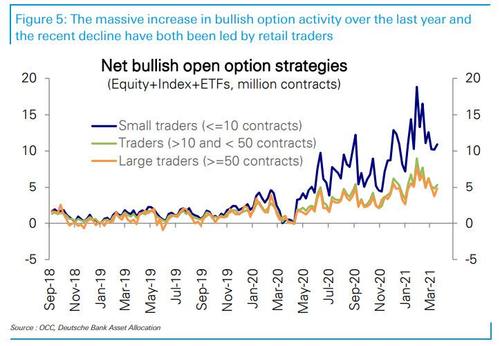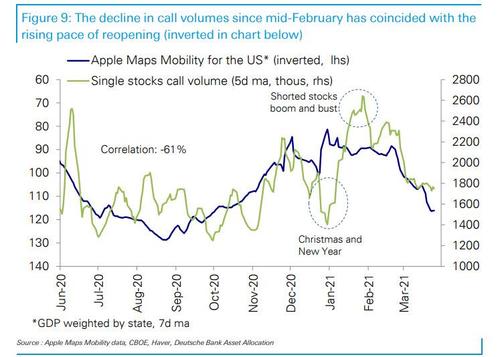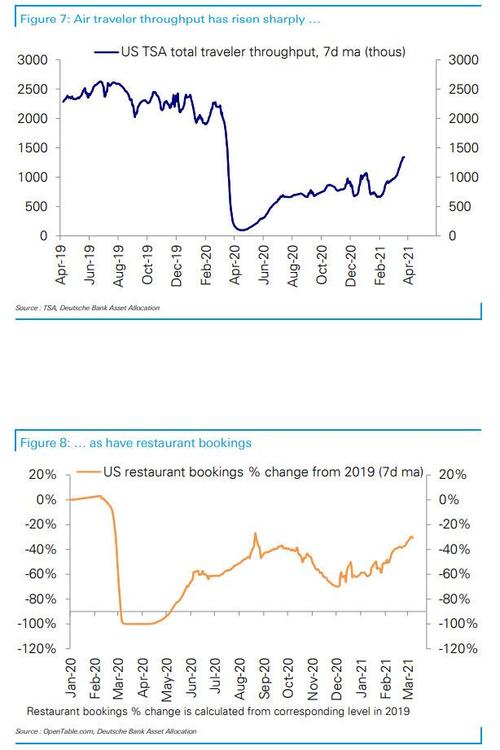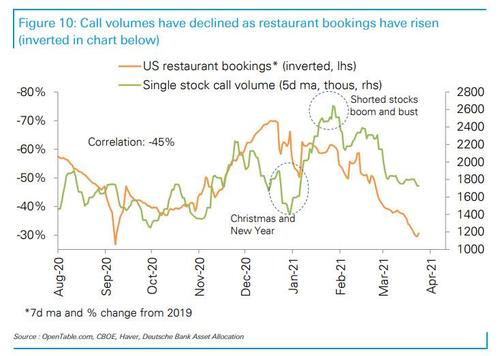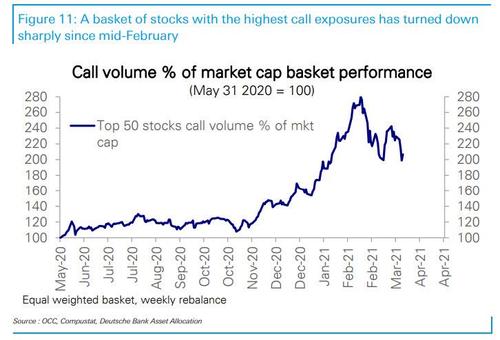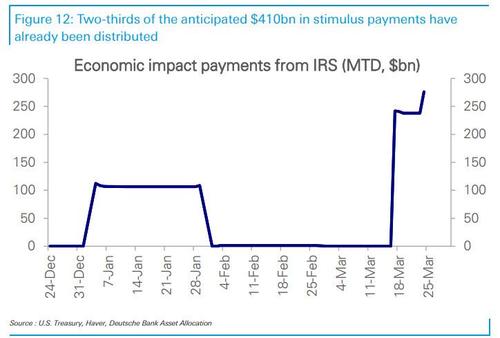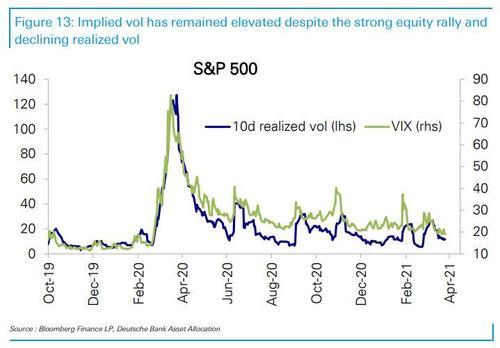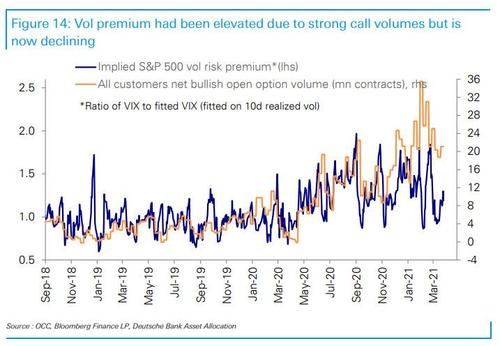Authored by Kiley Holliday and Jenin Younes via the American Institute for Economic Research,
One of the most infuriating aspects of a year replete with illogical, short-sighted public health mandates has been the utter failure of those within the public health profession to adequately address the role that poor diet and lack of exercise have played in exacerbating the coronavirus crisis. In fact, many of the decrees ostensibly issued in the name of public health have had the effect only of aggravating the underlying problem.

A recent global study found that obesity is a “driving factor in COVID-19 deaths,” and that Covid-19 death rates are an astonishing ten times higher in countries where most adults are overweight. Although advanced age is the strongest indicator of a severe outcome from a coronavirus infection, “being overweight comes a close second,” the report determined. The CEO of the World Obesity Federation went so far as to blame the “failure to address the root causes of obesity over many decades . . . for hundreds of thousands of preventable deaths.” While the study makes evident the degree to which poor underlying health is a driving force in coronavirus deaths, we have known almost since the beginning that being overweight or obese significantly increases the risk of a severe outcome.
Given this information, the Anthony Faucis and Eric Feigl-Dings of the world should focus on alerting people to the dangers of being overweight and obese, and expending significant efforts to encourage exercise and healthy diet. Instead, they have spent the past twelve months urging people to “stay home, save lives” and to wear two masks, if not three or four, a measure not shown to have mitigated coronavirus deaths at all.
In a similar vein, governors around the country have ordered gyms closed, along with countless other businesses. In New York, gyms have been open since this past summer, but patrons must wear a mask at all times, even while exercising. Due to the extreme discomfort of exercising while masked, I (Jenin) quit my gym months ago for the first time in two decades and began relying solely on outdoor forms of exercise to stay in shape. I doubt I am the only one to have done so for similar reasons.
Thus, equally counterproductive are outdoor mask mandates in states like Massachusetts, which have the pernicious effect of discouraging outdoor as well as indoor exercise. All this, despite the fact that the World Health Organization (WHO) advised against wearing a mask while exercising, pointing to research demonstrating that wearing them even during mild to moderate physical activity can “lead to significant negative cardiovascular and pulmonary effects in both healthy people and those with underlying respiratory diseases.” (Of course, these findings contradicted the religion of face-coverings that has overtaken our society, so were automatically discounted, not on the merits but because they did not fit within the dominant narrative).
Likewise, especially at the beginning of the crisis, governors around the nation closed playgrounds, national parks, and hiking trails, another policy choice that simply deprived people of the opportunity to engage in healthy outdoor activities. Mercifully, many of these orders have been reversed following significant pushback from the public, although never with an admission on the part of government officials that such measures were detrimental to public health.
While exercise is vital for overall health, significant research suggests that those who are struggling with obesity require dietary changes in order to lose weight. Predictably, the shutdown strategy, which entailed people working from home much more often or exclusively, led to a sharp increase in unhealthy eating habits. People began snacking on processed foods in much greater quantities, in large part to ease stress, giving Mondelez International — the manufacturer of Oreos — and other unhealthy, processed snacks cause to celebrate.
The exhortations of the “stay home” crowd, as well as the implementation of measures such as gym and park closures have had the expected impact, which is that 42 percent of adults in the United States reported undesired weight gain during the past year, with an average of twenty-nine pounds. Millennials as a group fared the absolute worst, with 48 percent reporting unwanted weight gain, at an average of forty-one pounds. Suffice it to say, a significant portion of adults who in March of 2020 were not at substantial risk of a severe outcome from coronavirus now can be categorized as in an elevated risk group.
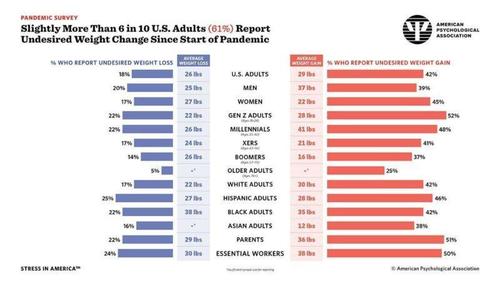
The cause of this national belt-loosening is not merely staying home and moving around less, but anxiety and depression caused by social isolation, both of which have been demonstrated to cause weight gain and obesity. Society has now organized itself around the principle of depriving people of meaningful social contact with family, friends, and coworkers for the better part of a year. One need not have a degree in psychology to recognize that such an approach is bound to aggravate the obesity crisis, as indeed it has. In fact, our newly confirmed Surgeon General, Dr. Vivek H. Murthy has written an entire book on health effects of loneliness, arguing that it is associated with increased risk of heart disease, dementia, obesity, and sleep disorders.
Yet despite these circumstances, publications such as the New York Times have been running grossly irresponsible pieces with headlines such as Should You Worry About Your Kid’s Pandemic Weight Gain? (the answer of the author, Virginia Sole-Smith is, generally speaking, ‘no’). In typical fashion, Sole-Smith ascribes the rising incidence of childhood obesity to the pandemic itself, rather than the decision to shutter classrooms for many months. She contends that because childhood dieting can lead to adult eating disorders, parents should avoid treating their children’s weight gain as a “problem to be solved.” Parents should inquire about the mental health of their children, but also accept that the circumstances causing their depression and late-night stress eating simply cannot be changed, as though it is perfectly reasonable from a public health perspective to prioritize Covid prevention (a virus less harmful to children than the flu) above all things.
A more recent Times article, by Sandra E. Garcia dodged the issue of underlying health, and instead argued that people whose body mass index (BMI) qualified them for early vaccination should take advantage of that status. The article quoted Emma Specter of Vogue magazine saying “a metric of health that has long been called into question by fat activists and medical experts alike could stand to actively benefit fat people for the first time.”
Similarly, Garcia quoted a tweet that quipped “because my BMI permits me to get the vaccine tomorrow, and because the vaccination will enable me to protect myself and others, my thick thighs will in fact save lives.” While BMI is an imperfect measure of an individual’s health and, of course, not all thin people are healthy, the past thirty years has shown us that rising rates of obesity and chronic diseases go hand in hand.
Apparently, Garcia’s ideological commitment to the narrative of identity politics precludes any admission that being overweight, and particularly obese, is a significant predictor of a severe outcome from a coronavirus infection, and that many people can take steps to lose weight and thereby become healthier and even remove themselves from at-risk categories. Getting vaccinated will not solve the larger problem, as it can only protect one from the coronavirus and does not cure the various comorbidities resulting from poor diet and a sedentary lifestyle.
Under the pretense of “body positivity,” the authors of these articles are normalizing a lifestyle that leads to significant health problems. Instead of questioning the circumstances that create obesity – conditions that have only worsened during the pandemic – they propound against all reason and logic that obesity is not unhealthy, or that it is somehow unhealthier to recognize and deal with it. This effectively steers people away from drawing the all-too obvious conclusion that the decision to close schools, gyms, and workplaces and force people to shelter in place for months at a time was never in the interest of public health.
Of course, not everyone can lose weight for a variety of reasons, spanning the spectrum from metabolic disorders to inadequate access to healthy food or time to exercise. The inability of many to lead a healthy lifestyle can be directly tied to significant, systemic problems in our society and country today, and it is not within the scope of this article to address this matter. Nor do we advocate “fat-shaming,” or any cruelty directed at individuals because they are overweight or obese. Rather, we are suggesting that the government and public health authorities should not issue and support, respectively, mandates that curtail freedom to the point of fostering depression and disease in the general population. That includes not only closures of parks and gyms, but measures such as mandatory mask-wearing during exercise and stay-at-home orders, which inevitably leads to social isolation.
In stark contrast to the approach they have taken, public health authorities, and by extension politicians and the media, ought to encourage the public to maintain a healthy weight, and not just during the pandemic. In fact, it is their moral obligation to address the issue head-on, rather than putting identity politics or political correctness before public health, and to vigorously renounce measures that are creating an unhealthier nation.
We suspect that one day, the quarantining of entire societies that was carried out in response to the coronavirus pandemic, leading to vast swaths of the population becoming unhealthier overall and ironically more susceptible to severe outcomes from the virus, will be seen as the 21st century version of bloodletting. As the epidemiologist Martin Kulldorff has observed, public health is not just about one disease, but all health outcomes. Apparently, in 2020, the authorities forgot this obvious truth.
